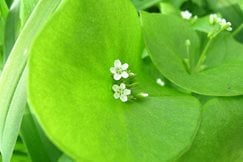
Miner's lettuce
Miner's lettuce (Claytonia perfoliata) produces succulent, slightly bitter leaves that are ideal in winter salads. The leaves are attractive and, although relatively insignificant, the small flowers contrast with the deep green leaves. Have this in salads so that the succulent, slightly sour texture and taste complement other textures.
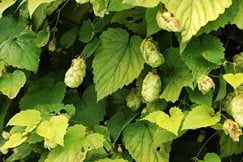
Golden hop
With attractive light-green to yellow indented leaves and rough twining stems, vigorous golden hop succeeds even in shade. Young shoots can be eaten raw or cooked like asparagus, and its flowers (hops) can be harvested to make beers. As this is a vigorous climber it serves well to cover unsightly walls too.
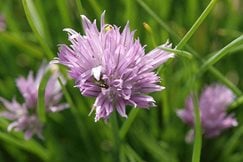
Chives
Chives (Allium schoenoprasum) grow happily in plots where thick foliage of crops such as cabbage, potatoes and artichokes block out sunlight. They are easy to grow from seed, or young plants can be bought for planting out in May and June. Harvest leaves regularly throughout summer to encourage new growth.
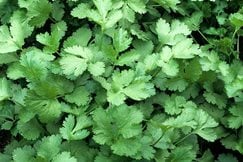
Coriander
Coriander (Coriandrum sativum) is an upright-growing annual producing fragrant leaves used in flavouring a whole host of dishes. Protect plants from slugs and snails, and water throughout summer; this delays flowering and promotes green growth. Coriander produces a mass of delicious leaves that make recipes zing.
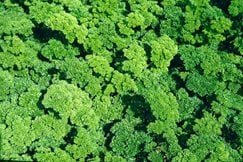
Parsley
In shady windowboxes, parsley (Petroselinum crispum) grows unimpeded in little light. Give it a boost from May by feeding with balanced liquid fertiliser every few weeks. Harvest leaves from Jume for garnishes and to flavour sauces. In the kitchen add a sprig of parsley to fish dishes for flavour and colour.
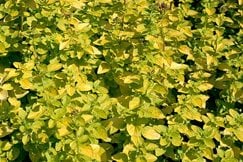
Golden oregano
This attractive perennial is a selection of oregano (Origanum vulgare 'Aureum') with bright yellow to green leaves. It appreciates respite from the sun at midday when its leaves are susceptible to scorch. Leaves are harvestable from July, until plants start to flower in late summer and the leaves become bitter. Trimming plants after flowering keeps them compact.
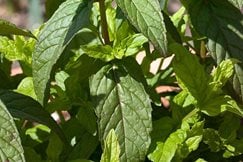
Mint
Suitable candidates for growing in dappled shade, mints (Mentha) grow well at the front of shady borders. Taken from cuttings or divisions, mint is best planted in buried pots to keep it from spreading too vigorously. Gardeners can harvest leaves in spring and summer to flavour sauces, drinks and desserts.
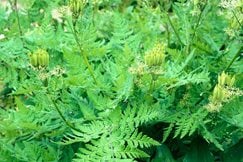
Sweet cicely
Sweet cicely (Myrrhis odorata) has delicate fern-like foliage and umbels that form aniseed-flavoured seedheads. Seed pods add flavour to soups and stocks. Its roots can be cooked as a vegetable. The seed pods are so flavoursome they can be eaten raw straight from the plant and have a clean, aniseed flavour.
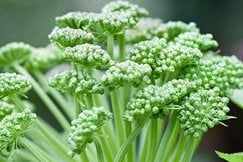
Angelica
Herbaceous perennial angelica (Angelica archangelica) produces umbels in early summer that later form attractive seedheads. Throughout summer its bitter, celery like leaves can be eaten raw. Traditionally, its shoots are candied. It can be grown as well in a semi-shady border purely for architectural interest.

